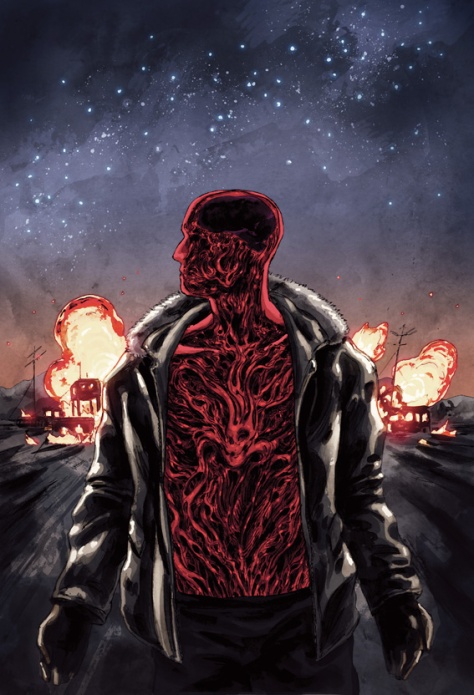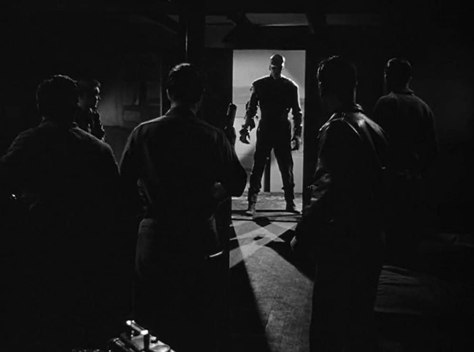
Consider this a back-to-school special.
The potential pitfall of all those self-aware, meta-referencing pieces of genre entertainment—a particular specialty of the nineties—is a sense of having your cake and eating it: they point out all the tropes and cliches while actively using them, without necessarily demonstrating any original or truly subversive ideas of their own. The Faculty aims for that style of storytelling, but has at least one new-ish angle up its sleeve: it’s Invasion of the Body Snatchers set in a high school, leading to all sorts of new metaphorical possibilities for a well-worn concept. Of course, because of the style of writing, it’s a version of that concept where characters directly talk about Jack Finney’s original Body Snatchers story as well as Robert Heinlein’s The Puppet Masters, signposting all of those metaphorical possibilities before you even get a chance to really take them in. That part of the movie was, not surprisingly, the contribution of Scream screenwriter Kevin Williamson, who was assigned by the supervillains at Miramax to revamp a script by David Wechter and Bruce Kimmel, with the directorial role given to Robert Rodriguez, coming off of From Dusk Till Dawn and his support work on Mimic. As aggressively 1998 as any movie could be, this does make some honest attempts to straddle the snarky hipness of the meta dialogue with a nominally serious Sci-Fi horror take on teenage alienation.






